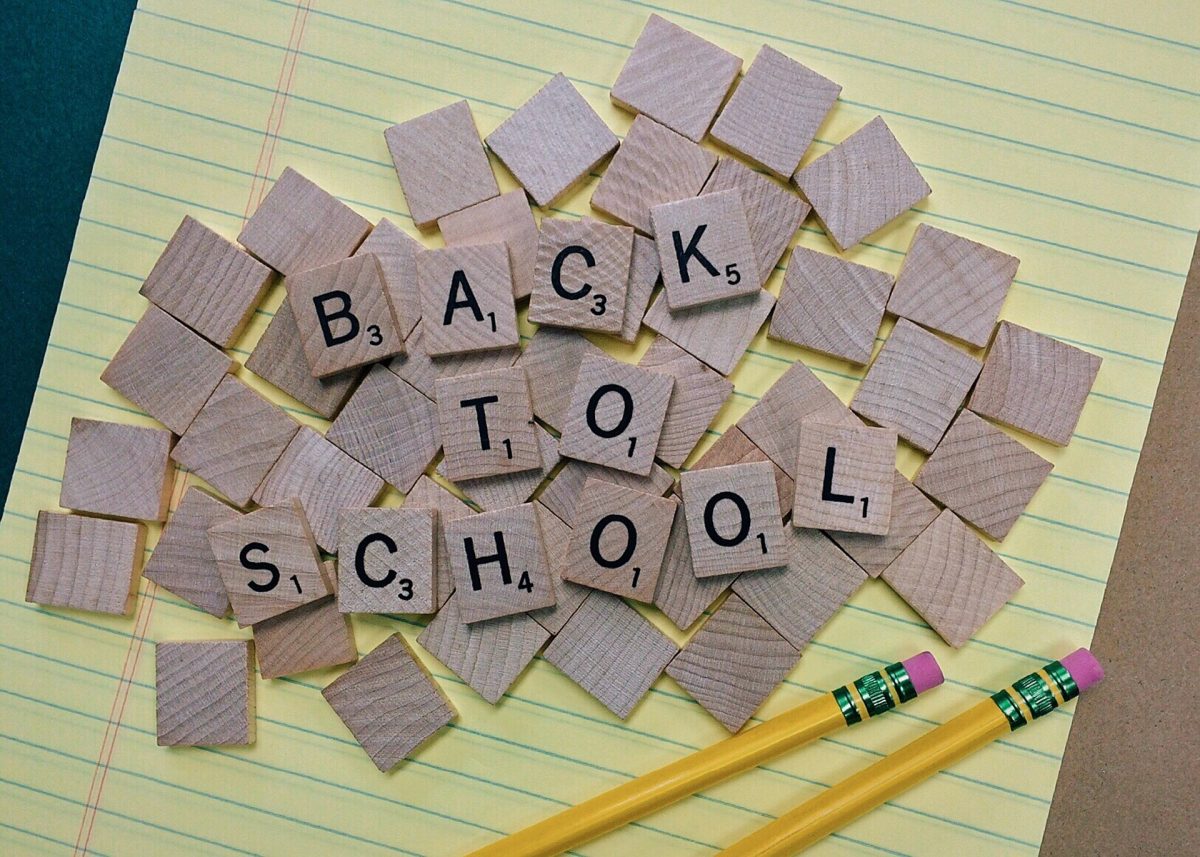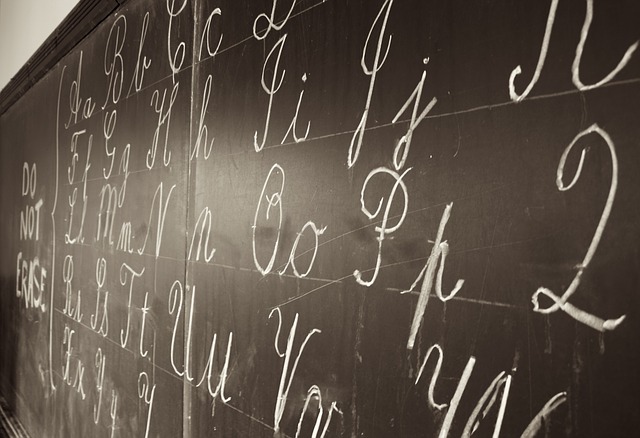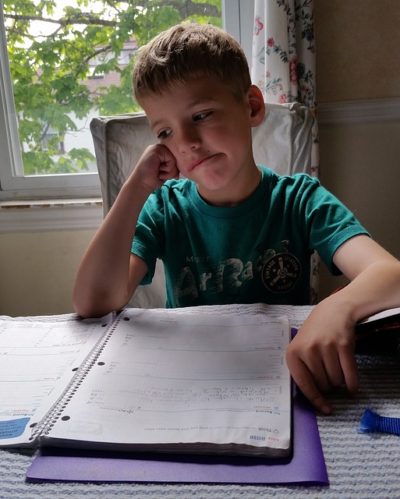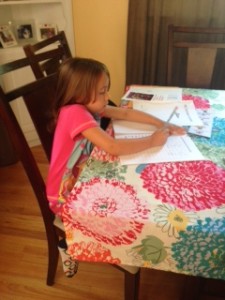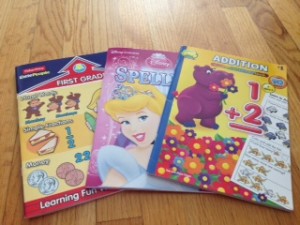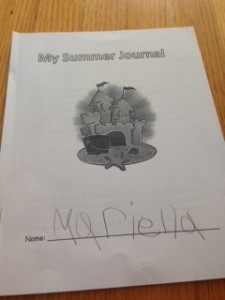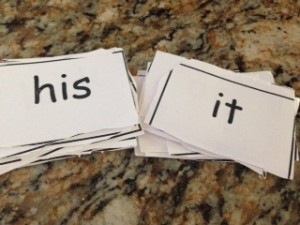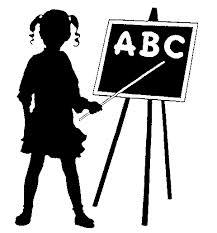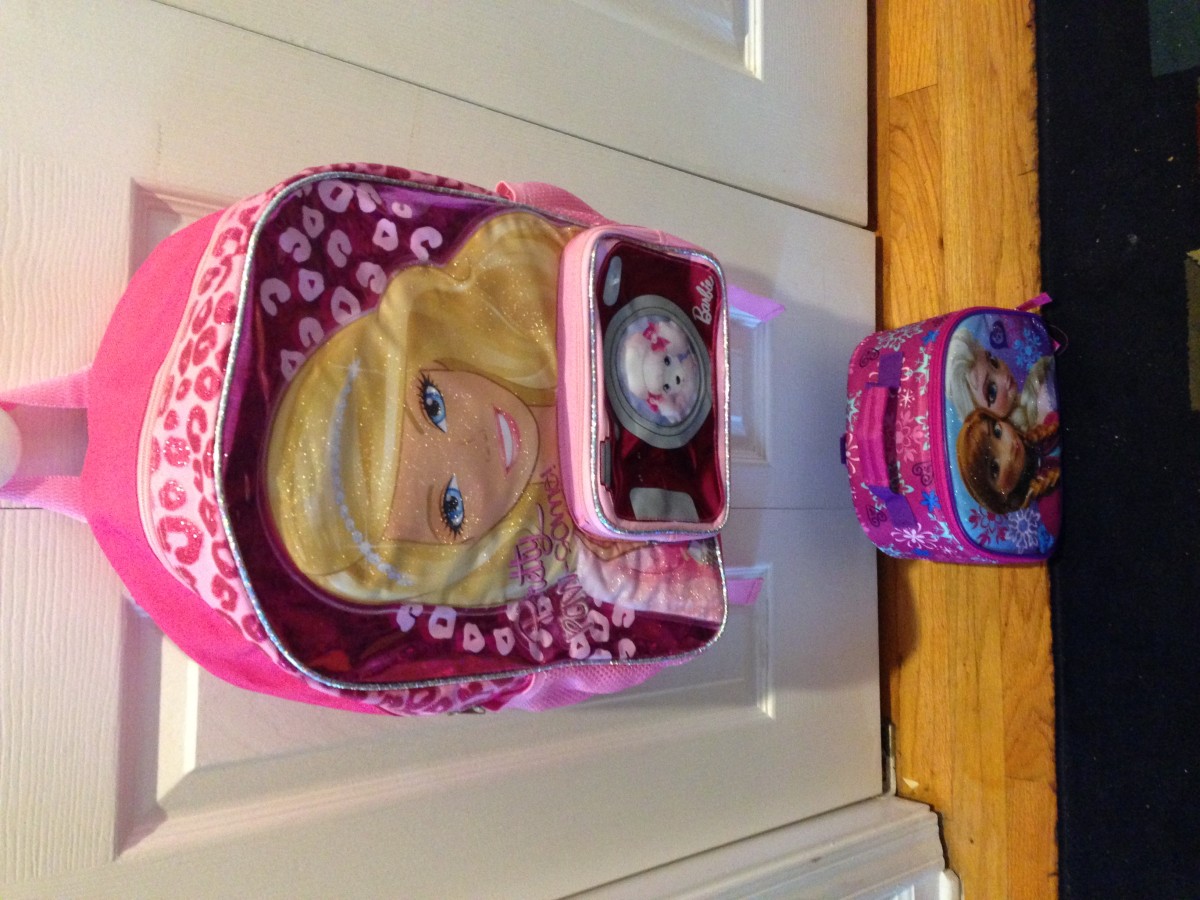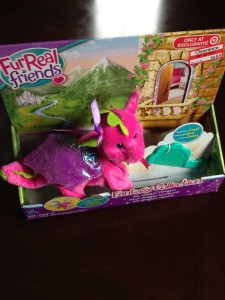Parents, it’s that time. Perhaps it’s the one you’ve been waiting for since the middle of June.
It’s back to school time!
Cue the applause!
When it comes to back to school preps, there are so many things to do. From clothes shopping to making sure you get the right school supplies not to mention the back to school haircut, this time of year can become exhausting.
Amid all of the running around, you’re probably instilling some reminders and some new rules too. Do any of these sound familiar?
- Wash your hands after going to the bathroom.
- Don’t be too chatty in class.
- Try to actually eat your lunch at lunch so you’re not starving when you get home.
- Pay attention in class.
- Raise your hand and ask questions.
These are all things I’ve been telling my little ones. But none of those is the most important lesson of all.
The most important back to school lesson that I’m trying to instill in my girls is to be kind.
I tell them while you don’t need to be BFFs with everyone, you do need to be kind to everyone.
What does that mean?
It means greeting everyone with a simple hello or good morning.
It means not taking part in any name calling or bullying; in fact, if you witness any of that behavior you need to tell an adult so that it can stop.
It means not laughing at someone when they trip or give the wrong answer in class.
It means offering a helping hand whenever you can.
It means asking another student to sit with you at lunch when you notice they’re always sitting alone.
It means not saying anything if you have nothing nice to say.
It means treating other people as you want to be treated.
Basically, it means just being a good little human.
While all of this sounds pretty easy, ask any child if it is and if many kids do it and they’ll tell you that’s not the case…not even close.
Kids can be downright mean to one another for no reason.
They name call, bully, and can be rude.
Why?
I truly believe that no child is born that way; rude, mean, and with no regard for others. I wholeheartedly believe it starts with what they’re learning at home or not learning for that matter.
Is there anyone there who is telling them not to make fun of the other kids or to always say good morning?
I think in more and more cases the answer is no.
Sometimes parents are so busy with their own lives or making sure their kids are competing academically that they forget about the basic need to be kind. In some cases, there are some parents who may not even find that important.
That’s why I arm my girls with the cold hard fact that some kids can be mean so that they’re not surprised when they encounter them. They already know it’s true because they’ve experienced kids being cruel as young as six years old. They’ve been on the receiving end and know how horrible it feels. That’s even more of a reason to be kind.
Being kind is one of those things that doesn’t take much effort but can mean the world to someone without you even knowing it.
As you get your kids ready for school and see them off on the first day, don’t forget the most important back to school lesson…be kind. It will go a long way in school and in life.
